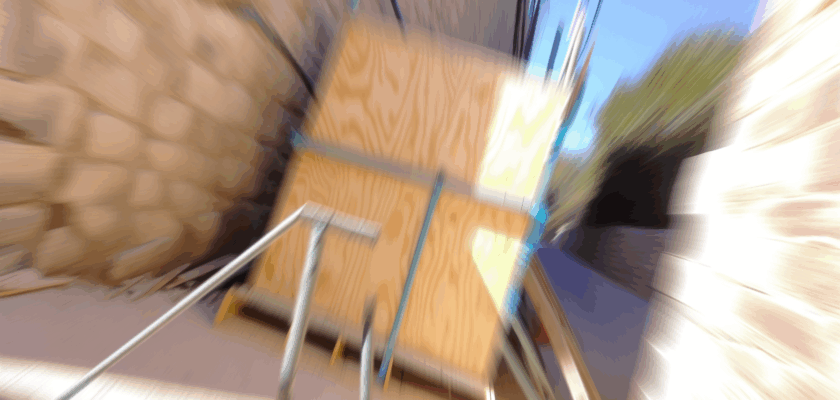Securing heavy equipment to walls is a critical safety measure in both residential and commercial environments. Whether it’s large machinery in a workshop, industrial appliances in a factory, or bulky home installations like water heaters and shelving units, proper anchoring prevents accidents and equipment damage. This article outlines the essential tools and materials required for safely securing heavy equipment and provides a clear step-by-step guide to ensure the process is done correctly.
Essential Tools and Materials for Securing Heavy Equipment
Before beginning the securing process, gathering the right tools and materials is crucial. Heavy-duty wall anchors or toggle bolts are often necessary to support the weight of large equipment. Depending on the wall type—whether drywall, concrete, or brick—specific anchors such as expansion bolts, anchor screws, or masonry anchors will be required.
In addition to anchors, heavy-duty brackets or mounting plates provide a stable base for the equipment to be fastened against the wall. It’s also essential to have a quality drill with appropriate drill bits, a stud finder to locate solid wall studs when working with drywall, and a wrench or socket set for tightening bolts securely. Safety gear such as gloves and eye protection should not be overlooked during installation.
Lastly, measuring tools including a tape measure and level are necessary to ensure precise placement and alignment of the equipment. Using the correct combination of tools and materials tailored to the specific equipment weight and wall type will ensure a secure and long-lasting installation.
Step-by-Step Guide to Anchoring Equipment Safely to Walls
The first step in anchoring heavy equipment is to identify the wall type and determine the appropriate mounting location. Use a stud finder to locate studs if securing on drywall, as fastening directly into studs provides the strongest support. For masonry or concrete walls, identify solid areas to drill into using a hammer drill with masonry bits.
Next, mark the mounting points on the wall carefully and drill pilot holes for the anchors. Insert the chosen wall anchors or bolts according to manufacturer instructions, ensuring they are flush and secure. Attach heavy-duty brackets or mounting plates firmly to the anchors, checking with a level to maintain even alignment.
Finally, position the heavy equipment against the mounted brackets and secure it using bolts or screws designed to handle the equipment’s weight. Double-check all fasteners for tightness, and if possible, test the stability by applying gentle pressure. This step-by-step approach, combined with the right tools and materials, will minimize risks and ensure the equipment remains safely anchored.
Properly securing heavy equipment to walls is an indispensable practice that safeguards both people and property. By selecting the right tools and materials and following a systematic installation process, you can effectively prevent accidents caused by tipping or falling equipment. Whether for industrial machinery or home installations, careful anchoring provides peace of mind and enhances overall safety.

